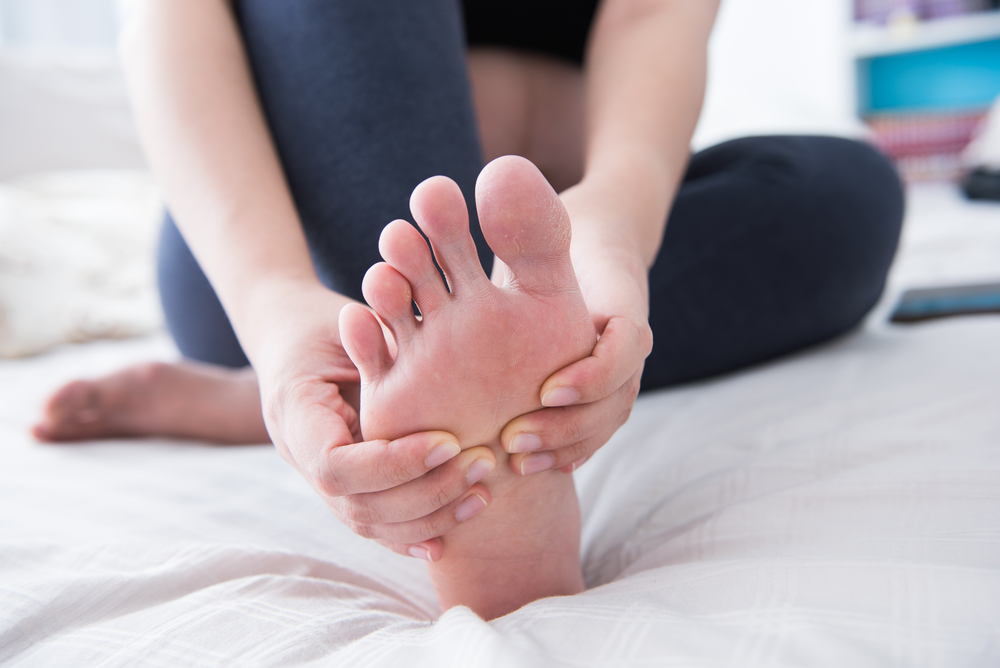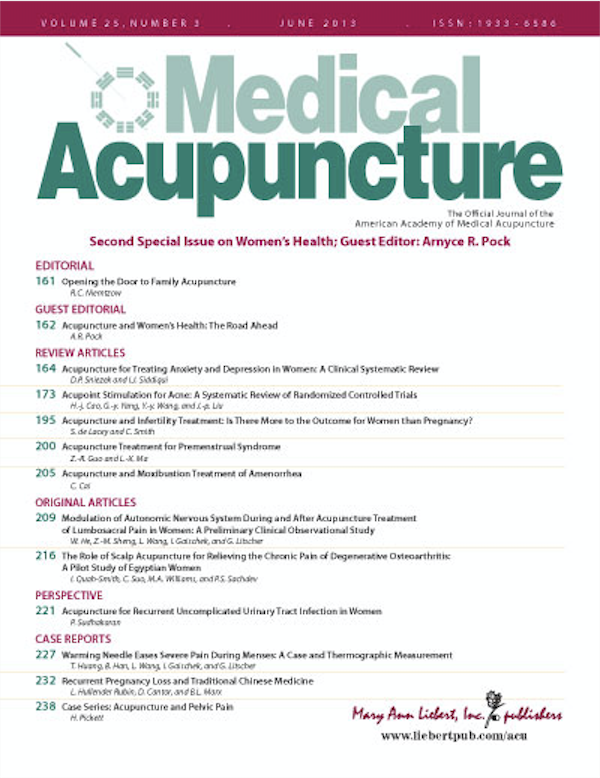
Acupuncture for Foot, Ankle and Heel Pain.
Foot, ankle, and heel pain are common complaints that can stem from a variety of causes, including injuries, overuse, or underlying medical conditions.
Symptoms can range from mild discomfort to severe pain, affecting mobility and quality of life.
What is our clinical experience?
Based on feedback collected from over 2,586 initial appointments for Leg, Knee & Foot Pain, 80% of our patients reported improved quality of life after their first 4 appointments. See our detailed benchmarking statistics.
Initial
Consults
2,586
Average
Appointments
4
Improved
Quality of Life
80%
Refer Family &
Friends
90%
What does the research say?
The following insights are obtained from systematic reviews and analysis of clinical trials investigating the efficacy of Chinese medicine and acupuncture for foot, ankle and heel pain.
2021 Medical Acupuncture
Acupuncture displays potential as a safe and effective treatment for foot and ankle pain, providing pain relief and functional improvement.
The researchers gathered Randomized Controlled Trials (RCTs) from 6 major English databases, and relevant systematic reviews manually via Google Scholar. The selected RCTs studied the comparison of acupuncture with various types of sham acupuncture and nonactive or waitlist controls in terms of pain intensity, functional status, and general quality of life. All procedures including study screening, data extraction, risk of bias assessment, and quality assessment were conducted independently. Instead of performing a quantitative synthesis, the team opted for a narrative synthesis as quantitative pooling wasn't fit for the collected data.
Four RCTs involving a total of 211 participants were included. Due to distinct clinical heterogeneity involving all the outcomes, the team did not conduct a quantitative analysis. Using a quality grading system, all outcomes were rated as supported by low or very low-quality evidence. Despite this, the study still showed acupuncture is potentially effective for treating participants with plantar fasciitis or Achilles tendinopathy, in terms of pain relief and functional status improvement, over short- and intermediate-term follow-ups. Notably, no adverse events linked to acupuncture use were reported.
The Efficacy of Acupuncture on Foot and Ankle for Pain Intensity, Functional Status, and General Quality of Life in Adults: A Systematic Review Trinh K, Belski N, Zhou F, Kuhad A, Luk D, Youn E
2021 Medical Acupuncture
Acupuncture displays potential as a safe and effective treatment for foot and ankle pain, providing pain relief and functional improvement.
The researchers gathered Randomized Controlled Trials (RCTs) from 6 major English databases, and relevant systematic reviews manually via Google Scholar. The selected RCTs studied the comparison of acupuncture with various types of sham acupuncture and nonactive or waitlist controls in terms of pain intensity, functional status, and general quality of life. All procedures including study screening, data extraction, risk of bias assessment, and quality assessment were conducted independently. Instead of performing a quantitative synthesis, the team opted for a narrative synthesis as quantitative pooling wasn't fit for the collected data.
Four RCTs involving a total of 211 participants were included. Due to distinct clinical heterogeneity involving all the outcomes, the team did not conduct a quantitative analysis. Using a quality grading system, all outcomes were rated as supported by low or very low-quality evidence. Despite this, the study still showed acupuncture is potentially effective for treating participants with plantar fasciitis or Achilles tendinopathy, in terms of pain relief and functional status improvement, over short- and intermediate-term follow-ups. Notably, no adverse events linked to acupuncture use were reported.
The Efficacy of Acupuncture on Foot and Ankle for Pain Intensity, Functional Status, and General Quality of Life in Adults: A Systematic Review Trinh K, Belski N, Zhou F, Kuhad A, Luk D, Youn E
2011 Evidence-Based Complementary and Alternative Medicine
Acupuncture can provide pain relief to patients with plantar fasciitis.
This study demonstrates that acupoint PC7 has a specific effect for treatment of plantar fasciitis, and that the method of acupuncture treatment is both simple and safe. Further studies comparing acupuncture treatment with an inert placebo and conventional treatment as parallel arms are recommended to further elucidate the efficacy of acupuncture treatment for heel pain.
Acupuncture treatment for plantar fasciitis: a randomized controlled trial with six months follow-up Shi Ping Zhang , Tsui-Pik Yip, Qiu-Shi Li
Consult with our practitioners for personalised care and advice.
Although well-conducted clinical research can help members of the public to make better-informed decisions about their healthcare, we cannot claim that any particular treatment may be effective for any individual person.
When you consult with our Chinese medicine practitioners, you'll receive personalised advice and treatment based on your symptoms and Chinese medicine diagnosis.
Scientific References
Browse our collection of scientific clinical research on acupuncture for foot, ankle and heel pain.
It includes recent and reputable papers published by peer-reviewed journals within the last 10 years.

2021, Dec 01
The Efficacy of Acupuncture on Foot and Ankle for Pain Intensity, Functional Status, and General Quality of Life in Adults: A Systematic Review
Medical Acupuncture American Academy of Medical Acupuncture
There is some evidence to suggest acupuncture to be a safe and efficacious treatment for relieving pain and improving functional status for the foot and ankle.
Trinh K, Belski N, Zhou F, Kuhad A, Luk D, Youn E Full Article

2011, Jan 15
Acupuncture treatment for plantar fasciitis: a randomized controlled trial with six months follow-up
Evidence-Based Complementary and Alternative Medicine
Plantar fasciitis is a common cause of heel pain. The results indicate that acupuncture can provide pain relief to patient with plantar fasciitis, and that PC 7 is a relatively specific acupoint for heel pain.
Shi Ping Zhang , Tsui-Pik Yip, Qiu-Shi Li Full Article

“It is by virtue of the twelve channels that human life exists, that disease arises, that human beings can be treated and illness cured. The twelve channels are where beginners start and masters end.” The Classic of Acupuncture
Circa 1st Century BCE

